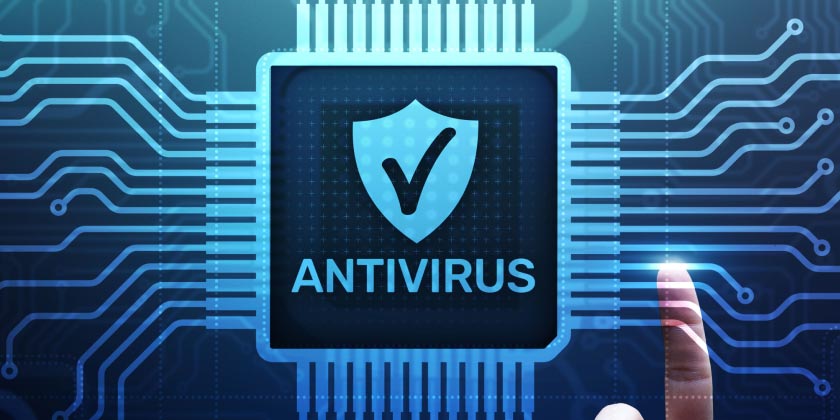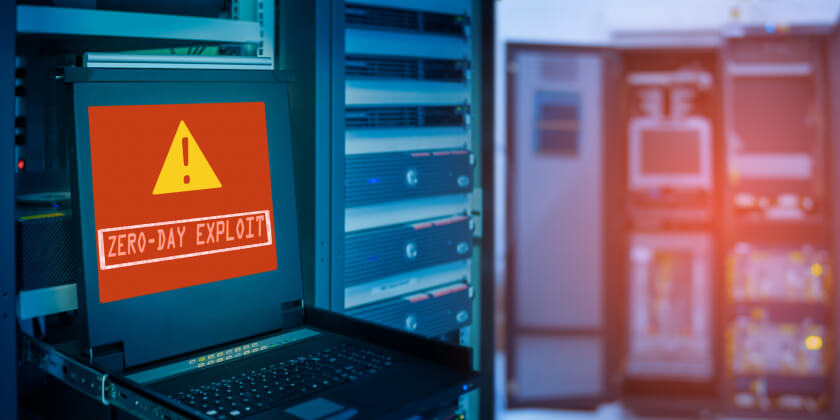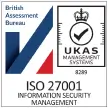Your Guide to Endpoint Detection and Response
TLAs
Computer security has evolved over the years as we have become more reliant on the internet and the use of digital devices. As the digital landscape has become more complex, so have the tools for preventing and responding to cyber threats. Endpoint detection and response (EDR) is also known as endpoint threat detection and response (ETDR), and Advanced Threat Protection (ATP). EDR is a reasonably new security solution, intending to optimise endpoint protection. If you are new to EDR in this guide, we are going to discuss what it is, how it works, and how it is different from traditional threat solutions such as antivirus.

What is EDR?
To begin, it should be understood what an endpoint device is. Endpoints are remote computing devices that communicate back and forth with a connected network. Example endpoints include desktop and laptop computers, smartphones, tablets, servers, and IoT devices.
Endpoints are especially vulnerable to malicious attacks from cyber criminals. With the increase of remote workers and endpoint devices being used off-premises, they can be weak points of entry, making them ideal for hackers to exploit. Endpoint devices pose a significant risk to data security, with employees connecting to the internet over public WiFi, having their devices stolen, falling victim to phishing scams, and so on.
There is a range of different EDR tools used in endpoint security to protect networks from cyber-threats. EDR tools will vary in the functionality they offer. Essentially they are designed to keep track of endpoint activity to detect suspicious activities and respond to cyberthreats. We will look at the different functions of EDR solutions in the next section.

How Does Endpoint Detection and Response Work?
EDR security solutions vary in features, functionality, and interface, however, the goal is to provide a comprehensive centralised security platform that monitors all of an organisation's endpoints and takes action accordingly. EDR offers threat detection, containment, and elimination, protecting against endpoint security threats such as malware, ransomware, data leaks, insider attacks, and active, persistent attacks.
Threat Detection – The vital step in endpoint security is its proficiency in identifying any threat to the network from a connected endpoint. Using AI, advanced real-time analytics, and machine learning, it can recognise key behaviours and irregularities, building up a database of threat intelligence that serves as a warning signal so that it can respond to any potential danger optimally.
Network Containment – EDR can't stop every threat, the digital space is in constant change, and cybercrime will continue to evolve, so with that in mind, malicious attacks can slip through and not be detected. If this occurs, EDR can isolate and contain the malware to prevent it from spreading, reducing any chance of widespread damage.
Sandboxing – One significant feature of EDR solutions is sandboxing. Sometimes programs can give off unclear signals: they don't fit neatly into the box of a harmless program or malware. For this reason, they are likely not to be recognised or prevented by antivirus. EDR security enables the software to be tested outside the network, observe how it behaves and if authentic, release it back on the network.
Threat Elimination – The final capability of an endpoint detection and response system should be its efficiency in eliminating the threat. A capable EDR solution will be able to look at the whole story, where the file originated, what application and data did it interact with, and has it replicated. Additionally, it should have remedial capabilities to set the system back to how it was pre-infection.

What Is the Difference Between EDR and Antivirus?
Both antivirus (AV) and EDR protect your network differently. Antivirus is focused on protection, the goal to catch and block any malicious program before it does damage to your systems based on signature-matched detection. EDR will warn you of an attack relying on analysis and data to prevent the attack.
AV is software that you install and update, but nothing else is required of it. Unfortunately, the majority of traditional AV solutions can't protect against signature-less or file-less threats that include zero-day exploits and APT (Advanced Persistent Threats). EDR can identify the threats and pinpoint where the attack is coming from. Endpoint detection and response, looks at the big picture, and is proactive, actively looking for threats.
Can EDR Replace Antivirus?
There's no straightforward answer to this question as it will depend on the EDR solution you choose and its capabilities. Most EDR tools will include antivirus. As cyber crime becomes more sophisticated, antivirus solutions alone will struggle to deal with its complexities. EDR using AI, analytics, and machine learning can identify suspicious behaviour that would bypass antivirus tools independently.
What Is the Difference Between EDR and EPP
Moving on from antivirus, an often asked question is what is the difference between endpoint detection and response and EPP (Endpoint Protection Platform). EPP is designed to detect and block known threats. It uses data encryption, antivirus, anti-spam, personal firewalls, and so on. It's described as a 'first-line defence mechanism.' These standard security provisions can sometimes be easy to breach for experienced cybercriminals who can silently access a network without triggering a security alert.
EDR is a more comprehensive next-level layer of protection, highlighting any suspicious actions that might have gone unnoticed. EDR deals with threat hunting, analysing intrusions, threat response, and clean up and remediation. As mentioned with antivirus, EDR and EPP aren't an either-or solution but work together to protect against cyber threats.

Non-Traditional Threats and EDR Solutions
EDR is especially valuable when it comes to recognising and reacting to non-traditional security threats such as:
Advanced Persistent Threats – APTs are attacks that infiltrate a network and remain undetected for an extended period. Once inside, they can work at gaining more in-depth access to the system with the potential of causing untold damage over a prolonged length of time. While the primary targets for APTs tend to be larger enterprises and nation-states, small to medium size businesses should still be vigilant to this type of attack.
Fileless Malware – As the name indicates, this type of attack does not require a file to be downloaded, as the threat is signature-less and leaves no digital footprint, it can't be detected by traditional antivirus. It works by taking advantage of known software vulnerabilities and is written directly into the RAM or systems memory.
Zero-Day Vulnerabilities – This type of attack is carried out by cyber criminals on the same day that a vulnerability is found, hence there is no threat signature to identify. This again makes it impossible to detect using a signature-based security tool such as antivirus.
EDR and Your Business
To conclude, no miracle solution prevents cyber-attacks. Malicious actors will always be using new tactics and software to find susceptibilities to exploit. With the growth in endpoints, we can also expect a rise in the number of cyberthreats targeting them to infiltrate networks.
The best practice for any business is to take cyber security seriously and maintain a holistic approach. This includes first-line defence measures such as antivirus, firewall, and data encryption in addition to educating and training employees in cybersecurity awareness. EDR adds another layer of defence and a higher level of protection, including real-time threat intelligence.
Protect every element of your business
Bulletproof’s managed SIEM service includes endpoint protection to protect every element of your business. Find out more about our cost-effective, flexible service packages.
Learn moreRelated resources
Trusted cyber security & compliance services from a certified provider
Get a quote today
If you are interested in our services, get a free, no obligation quote today by filling out the form below.








